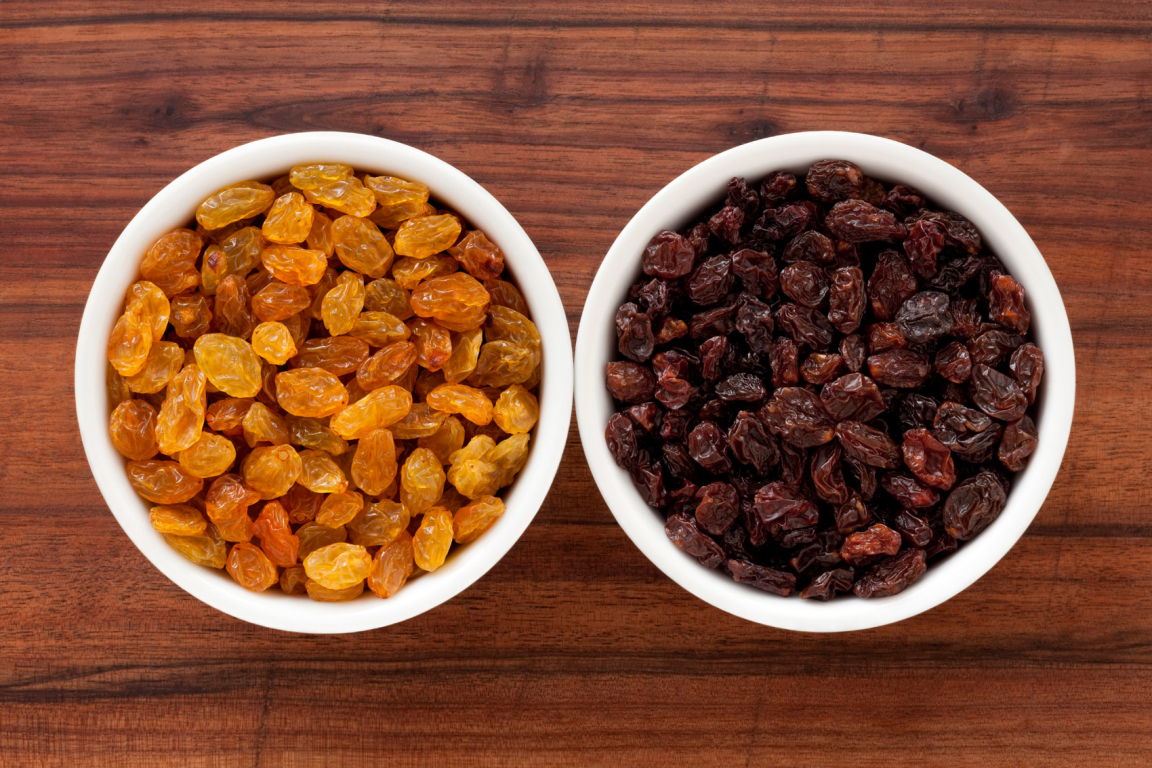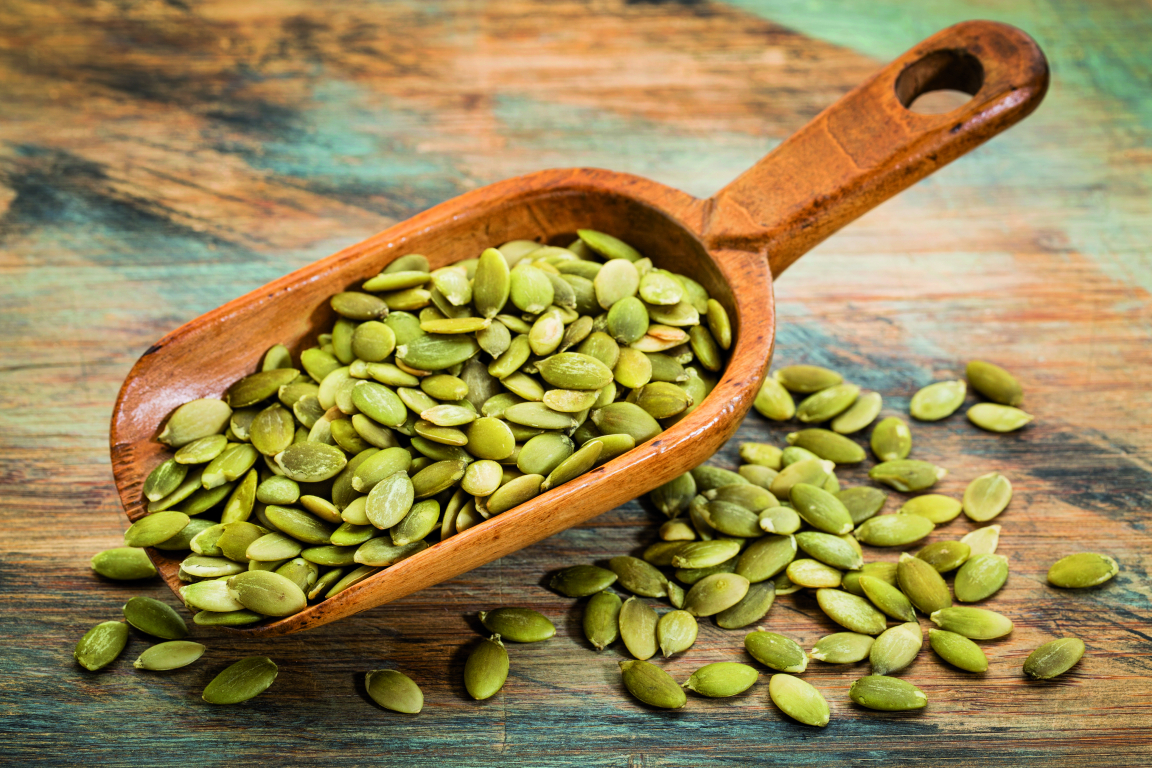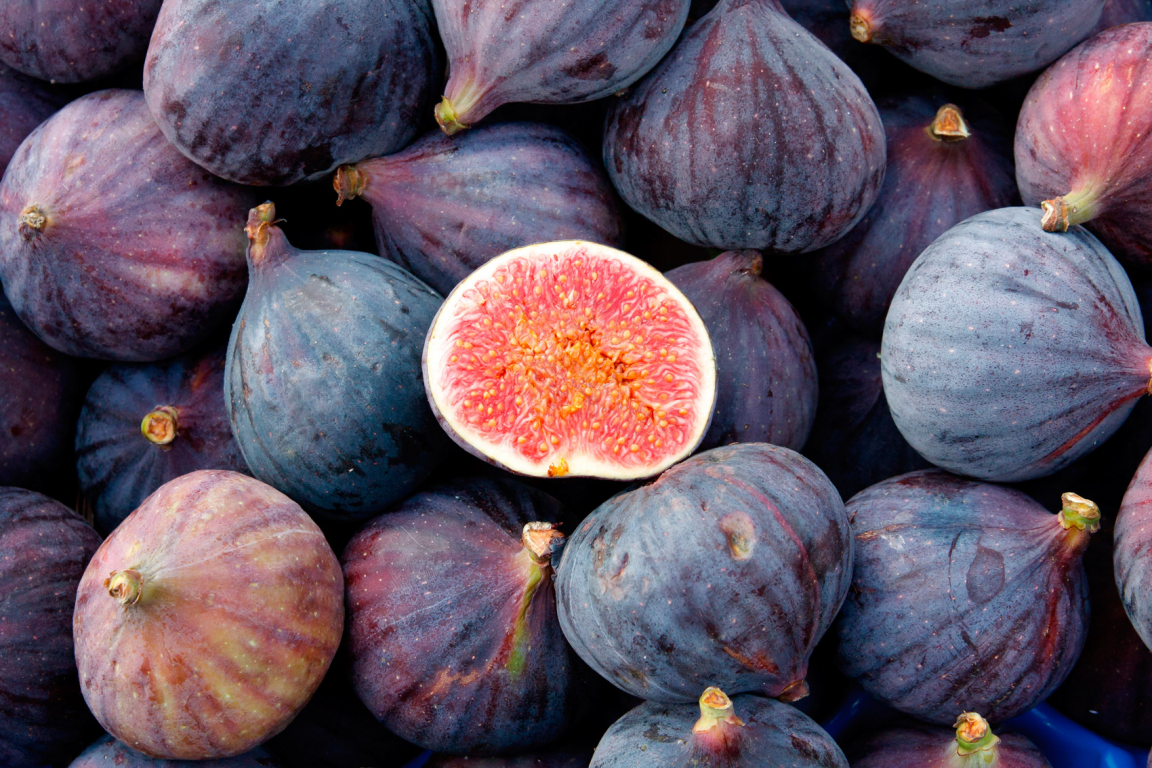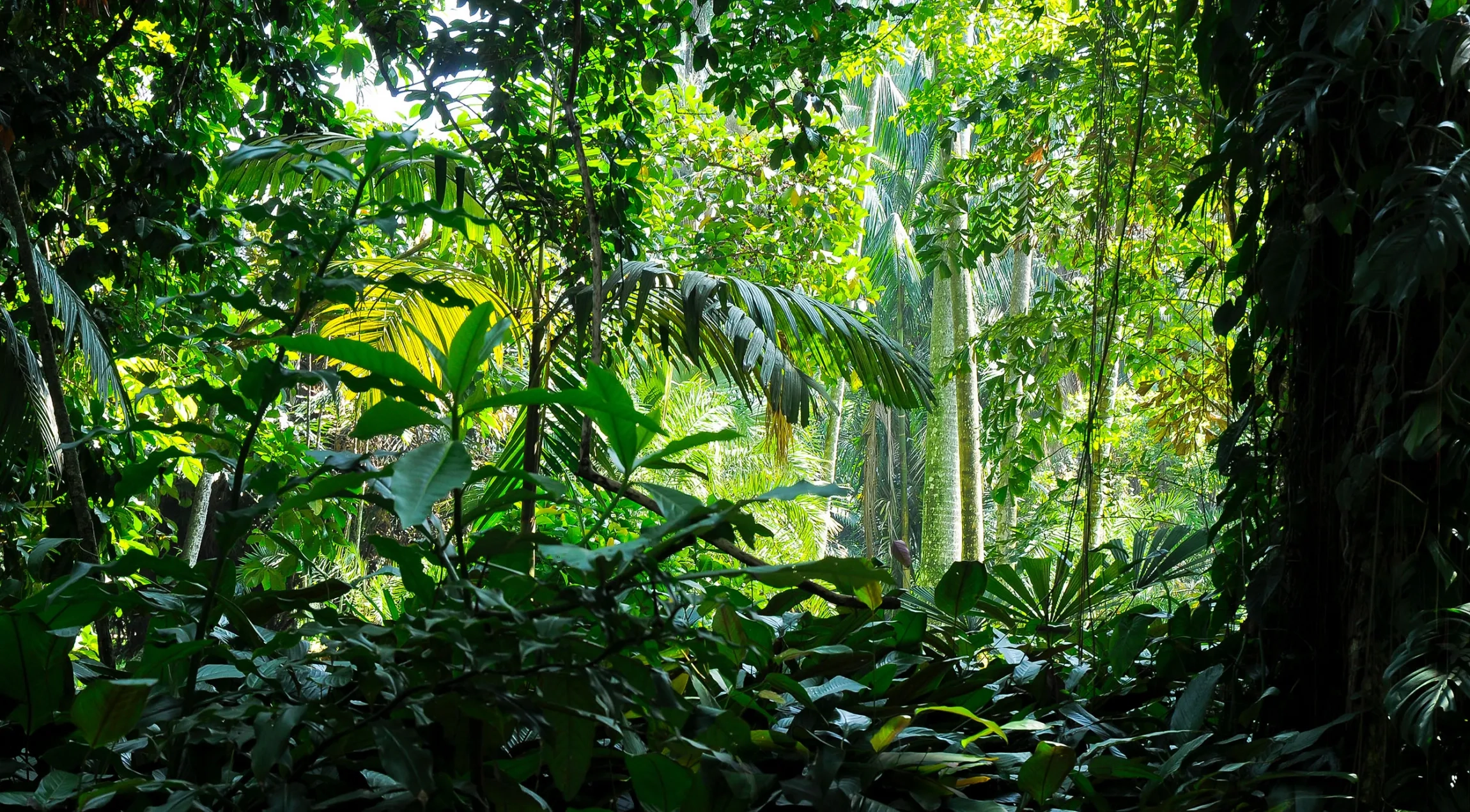Hazelnut kernels
Azerbaijan
Georgia
USA (Oregon)
Spain
Calibrated, sliced
Blanched
Calibrated
Preparations
Sliced, slivered, diced, ground, roasted
Paste
Further qualities on request
All products are also available from certified organic cultivation.
For product specifications, please contact:
Dirk Elsmann (d.elsmann@keyaniyan.de)
Katrin Ohlhoff (k.ohlhoff@keyaniyan.de)

















